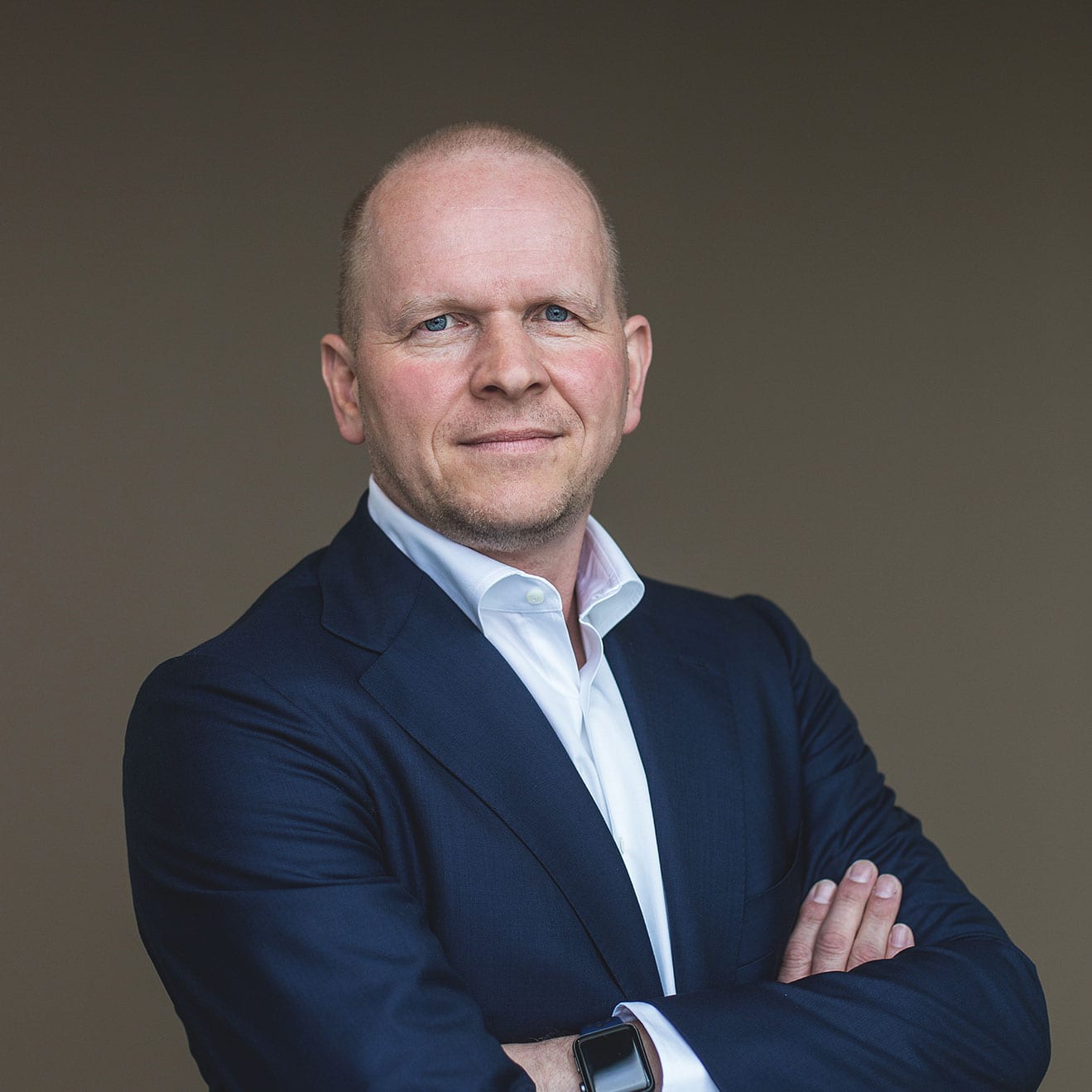Mastercard’s Incoming CEO’s Take On The Future Of Payments

A big change is coming to Mastercard, which will soon be marking the end of an era as its longtime CEO Ajay Banga departs from the role of CEO and moves on to the role of Executive Chairman, a position now held by Richard Haythornthwaite, on Jan. 1, 2021.
Haythornthwaite has served as chairman since May 2006 and Banga has served as CEO since 2008 — when he took over the helm shortly after the onset of the financial crisis. Mastercard, like most consumer credit connected brands, was hit hard in the early days of the Great Recession. However, those trend lines soon gave way to growth in the early 2010s and beyond — driven by the digitization of commerce — with the card network’s revenue tripling in the last decade.
 Banga will be succeeded by Mastercard’s Chief Product Officer Michael Miebach, who first joined the company in 2010 as president of Middle East and Africa. He has served as Mastercard’s Chief Product Officer since 2016 and has headed the network’s new products and innovation team since 2018. That team was a new initiative created to combine core products, digital payments, Mastercard Labs and processing activities.
Banga will be succeeded by Mastercard’s Chief Product Officer Michael Miebach, who first joined the company in 2010 as president of Middle East and Africa. He has served as Mastercard’s Chief Product Officer since 2016 and has headed the network’s new products and innovation team since 2018. That team was a new initiative created to combine core products, digital payments, Mastercard Labs and processing activities.
It is Miebach’s front-row seat to the evolution of Mastercard’s core business over the last decade, and a demonstrated track record of building new products at a global scale that ideally suits him to the president and CEO role starting next year, Banga said.
“During the course of Michael’s 10 years at Mastercard, he has been a key architect of our multi-rail strategy — including leading the acquisition of Vocalink and the pending transaction with Nets — to address a broader set of payment flows.”
Broader payment flows is putting it mildly, of course. The decade that started with economic upheaval shifted nearly immediately into one marked by an explosion of changes. An incredibly short and incomplete list includes the EMV changeover in the U.S., the rise of mobile payments, the global explosion of digital wallets, the development of tokenization, the rapid emergence of instant disbursements and the early appearance of voice as a commerce platform — all things that on their own would have been a sea of change.
However, as Karen Webster learned when talking to Miebach about the Vocalink deal in 2017, there is no use in fighting the change or trying to push the evolution of payments backward. The goal for Mastercard going forward is figuring out how to expand its reach worldwide and into places that card products haven’t been — and may never go.
“There will be markets and use cases in which payment card technology may not necessarily be in the best position to optimize a particular payment flow or solve a particular customer need,” he said. “So Mastercard is focused on identifying and pursuing those segments where there are opportunities beyond the card.” Vocalink and its ACH capability, he noted, were a “starting point” but from there the opportunities only open further.
Which, he noted in 2019, means the future isn’t in holding off FinTech or other payments paths, but in embracing and incorporating them. It’s why they rolled out Accelerate last year to give FinTechs easy onboarding tools to access and integrate Mastercard’s specialized and proprietary payments technology.
“FinTechs are contributing to the rapid digital transformation that makes lives more convenient, simpler and rewarding. We want to be the partner of choice for the top FinTech brands worldwide, and with Accelerate, we invite the next generation of global entrepreneurs to join us.”
Because, as Meibach once wrote in an editorial for PYMNTS, the future of payments isn’t going to be in silos, but in breaking them down and freeing their contents to be more broadly useful.
The question is what that will look like for Meibach and Mastercard in a little under a year when he will officially be sitting at the CEO’s desk. And for course, since in payments times, ten-and-half months is likable to three or four years in the age of rapid innovation and iteration, so we can only imagine what will be the latest rising trend to be integrated.
But, in his own words in 2017, Meiback did note where he though the opportunity in the industry lies going forward, and if we had to guess what to look for in his early leadership, this is probably the place we’d start.
“The future opportunity lies in defining the next innovation and collaboration that will help make businesses more efficient and life more convenient.”